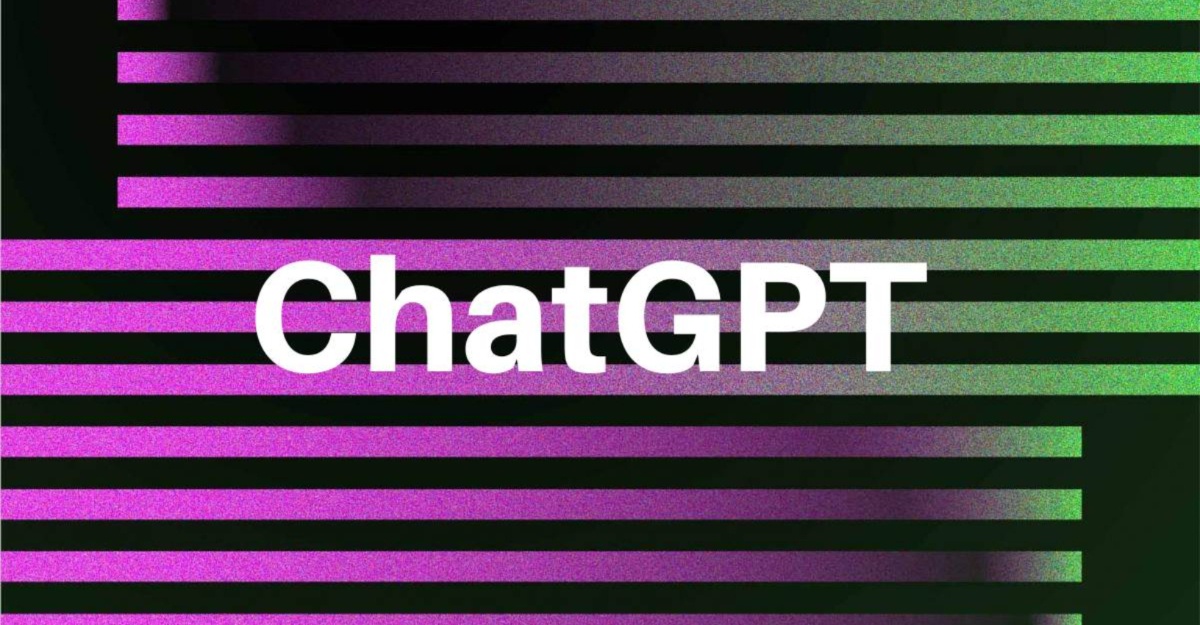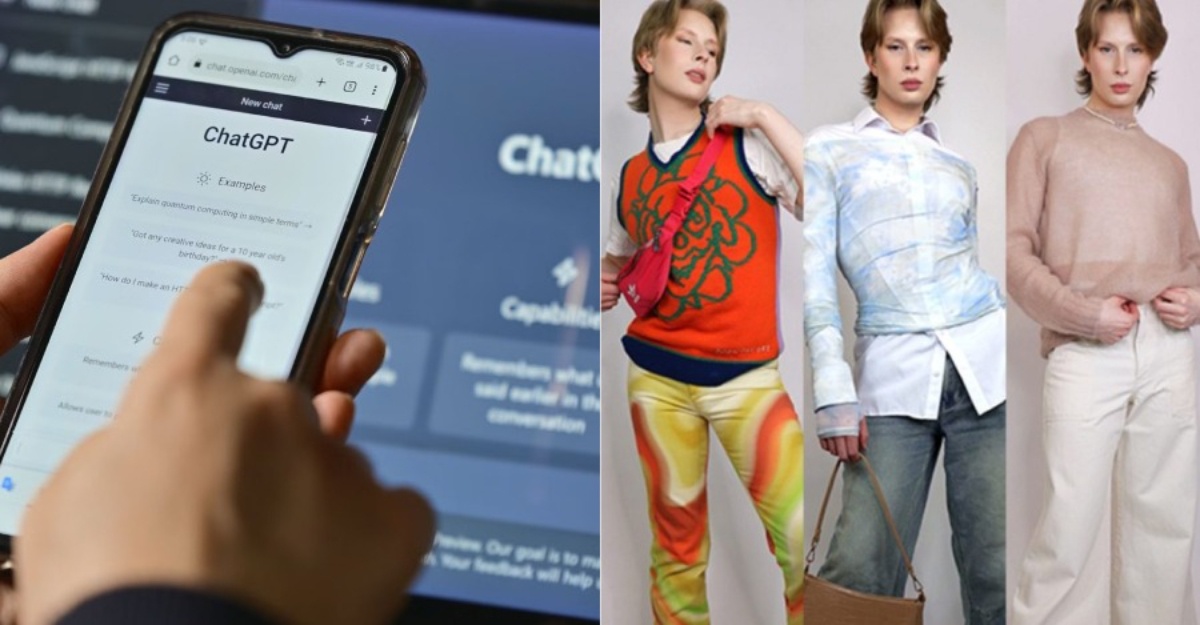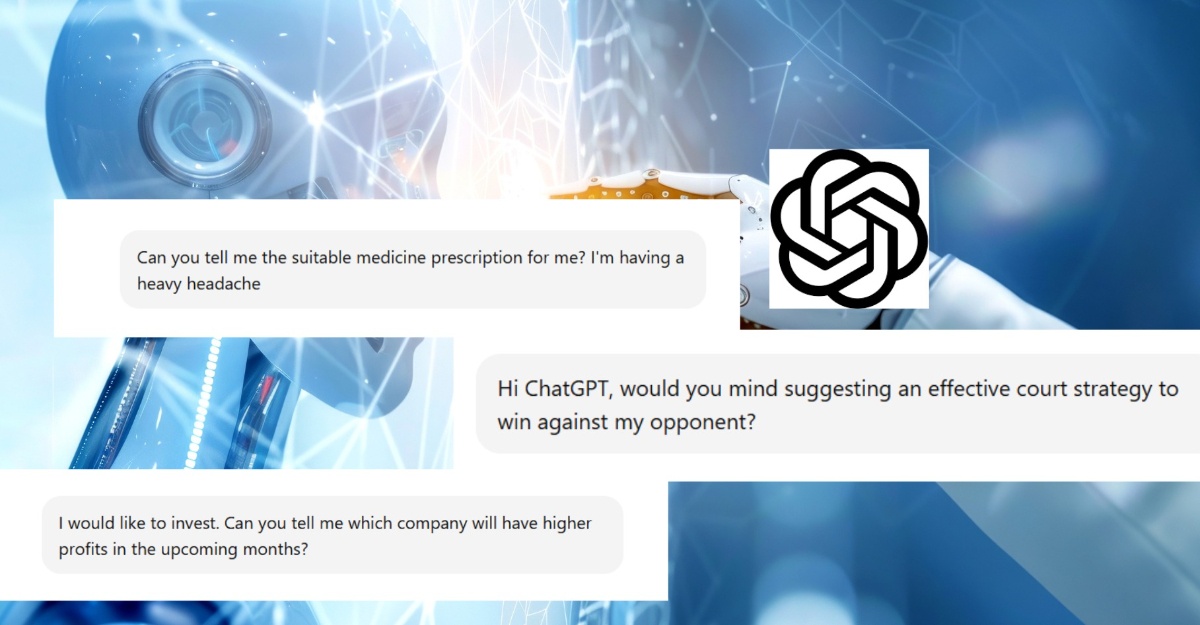The power of ChatGPT. In recent years, the use of chatbots has risen significantly in the HR sector, with organizations using them to automate mundane tasks, improve employee communication and engage in more meaningful conversations with staff.
One of the most powerful chatbot tools available is ChatGPT, which is rapidly becoming the go-to tool for HR professionals looking to maximize their performance. This innovative technology enables HR professionals to interact with employees in real time, leveraging natural language processing algorithms to provide a better understanding of their needs and expectations. By utilizing the power of ChatGPT, HR professionals can quickly and effectively respond to employee inquiries, reducing time spent on administrative tasks and allowing them to focus on more strategic initiatives. With the help of ChatGPT, HR professionals can reach unprecedented levels of engagement and performance, ultimately transforming their organization’s HR operations.
What is ChatGPT?
ChatGPT is a chatbot solution that allows HR professionals to automate, simplify, and create a more personalized experience with employees. By leveraging natural language processing algorithms, ChatGPT is able to build a conversational understanding of its users, allowing it to respond with specific information and ask questions to further understand the user’s needs and expectations. This capability allows HR teams to reduce the time spent on basic tasks, allowing them to focus on more strategic initiatives.
ChatGPT’s conversational interface allows users to interact with employees in real time while providing a consistent experience across all channels. Moreover, unlike other chatbot platforms that require integration into various departments, ChatGPT integrates with all HR systems, creating a seamless experience across departments.
Benefits of Using ChatGPT for HR Performance
Employee engagement is critical for HR departments as it can have a significant impact on organizational growth and performance. ChatGPT offers several benefits for HR professionals looking to increase engagement, including:
- Reduced Time Spent on Administrative Tasks
Often, administrative tasks include time-consuming requests from employees, such as requesting time off or requesting a transfer or reassignment. With ChatGPT, HR teams can identify potential bottlenecks and reduce time spent on those tasks, allowing them to focus on more strategic initiatives.
- Better Communication with Employees
With ChatGPT, HR teams can improve communication with employees, allowing them to answer frequent questions and provide consistent responses across channels. This can reduce confusion and prevent inappropriate behaviors, allowing employees to feel more confident in the process and receive better service.
- Improved Workplace Culture
Chatbots can help create a more positive and engaging workplace culture, which can help reduce employee turnover and help teams achieve their goals while improving retention rates. With more engagement, teams are more likely to stay at their jobs and stay engaged with the organization.
How ChatGPT Works
ChatGPT leverages a number of unique algorithms to understand user needs and respond with information, allowing it to build a conversation with users. Once a user creates an account with ChatGPT, the bot responds to queries using natural language, using signals such as pronouns, word choice, and grammar to understand the user’s needs.
These signals allow ChatGPT to understand the context of the user’s question, allowing it to respond with information, or ask questions to further understand the user’s needs. One of the core features of ChatGPT is that it is “always learning”. This means that the bot is constantly gathering new information from the questions users ask, using this information to continually improve its natural language processing algorithms.
ChatGPT Features:
- Natural Language Processing
ChatGPT leverages a unique natural language processing algorithm, allowing it to understand users’ needs and respond with information. This algorithm allows it to respond to a number of different questions and provides consistent responses across channels.
- Context-Based Responses
Another unique feature of ChatGPT is that it provides context-based responses to questions, allowing it to respond with information, or ask questions to further understand the user’s needs. This feature allows ChatGPT to respond to various questions, such as “How do I transfer my benefits?” or “What can I do with my vacation time?”.
- User-Generated Responses
The final feature of ChatGPT is that it allows users to create responses for employees. This allows employees to create customized responses, such as “I’m happy to help with anything you need this week,” or “I would love to help you with anything this week”.
How to Implement ChatGPT
The core of ChatGPT is its conversational interface, which allows users to chat with a bot using any messaging platform, including internal messaging systems and external chat services, such as Slack or Facebook. Once the bot is set up, HR teams can customize the experience, allowing users to toggle between channels, including text, audio, and video.
Furthermore, ChatGPT also provides a number of customizations, including allowing users to toggle between user roles and allowing them to customize who can access the bot.
Users can also choose to have the bot respond to specific phrases or words, such as “How do I move my benefits?” or “What can I do with my vacation time?”.
Challenges of Using ChatGPT
Chatbot technology can provide numerous benefits for HR departments, allowing them to automate, simplify, and create a more personalized experience with employees. However, like any emerging technology, it is important to assess the potential risks and challenges, such as the following:
- Inability to Replicate Human Interaction
The most common challenge with chatbots is that they are unable to replicate the human interaction that employees have with each other. This means that employees will still need to communicate directly with each other, and HR will still need to respond to those communications.
- Inappropriate Verbal Interference
The other challenge with chatbot technology is that it relies heavily on algorithms and contextual information, which can be easily disrupted. This means that the bot will still need to respond to the user’s question and cannot respond in an inappropriate manner, such as telling users to attend a meeting or requesting updates on the status of an assignment.
Conclusion
The use of chatbots has risen significantly in the HR sector, with organizations using them to automate mundane tasks, improve employee communication and engage in more meaningful conversations with staff.
One of the most powerful chatbot tools available is ChatGPT, which is rapidly becoming the go-to tool for HR professionals looking to maximize their performance. This innovative technology enables HR professionals to interact with employees in real time, leveraging natural language processing algorithms to provide a better understanding of their needs and expectations.
By utilizing the power of ChatGPT, HR professionals can quickly and effectively respond to employee inquiries, reducing time spent on administrative tasks and allowing them to focus on more strategic initiatives. With the help of ChatGPT, HR professionals can reach unprecedented levels of engagement and performance, ultimately transforming their organization’s HR operations.
By: Melissa Norman, Founder and Managing Director, Aisling Group





